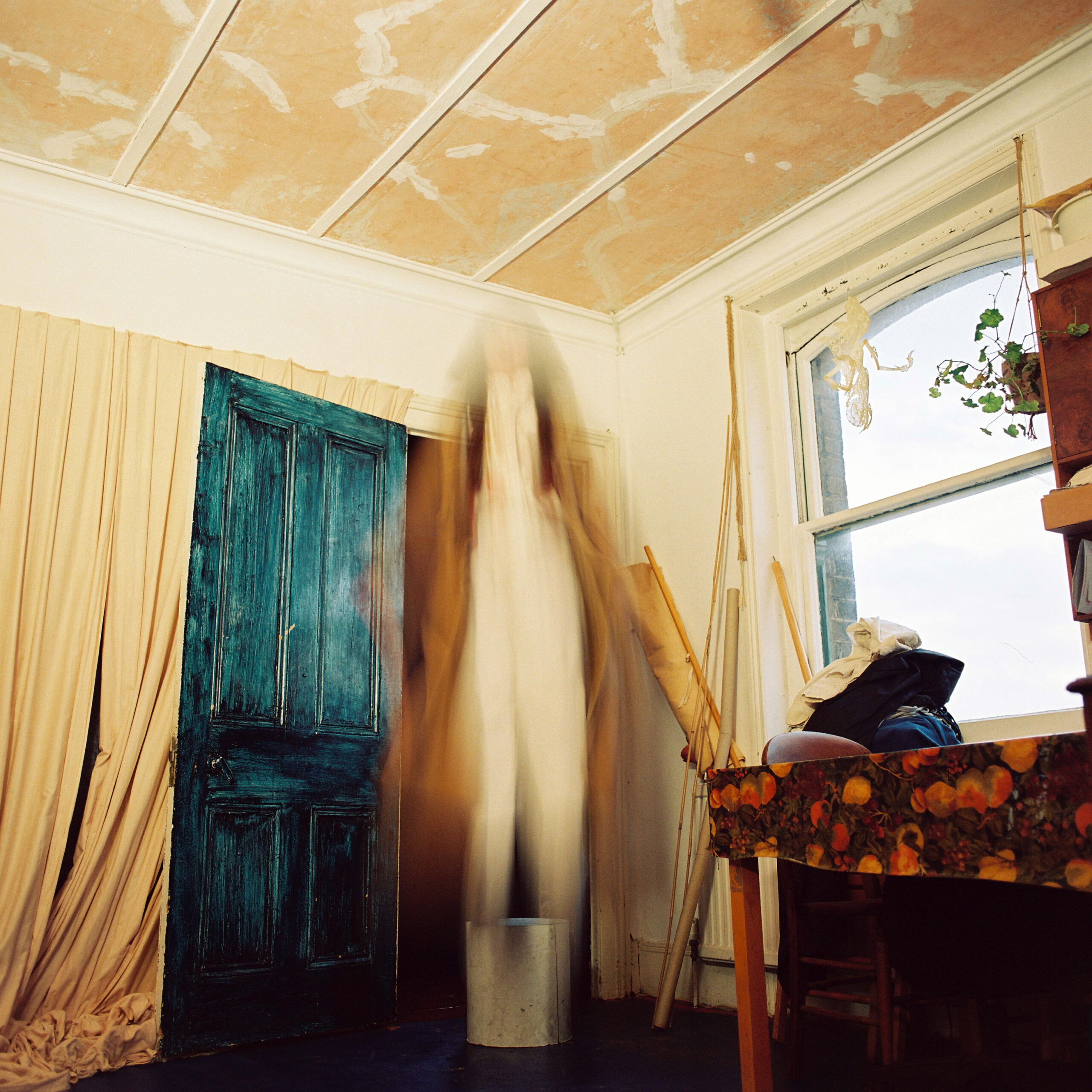Last Updated on 04/27/2023 by Chris Gampat
“There is the image, and there is the process of interaction and collaboration in real physical space with humans involved in the making of it,” says photographer Yanis Angel in an interview with the Phoblographer when asked about AI in photography. “The latter is a very big part of the joy and the reason I create images, and I cannot imagine myself without this.” This is paramount to the captivating photo that Yanis shot, and that is far different from anything in his portfolio.
This photo is called “Marga Disappearing.” And is fascinating in so many different ways. Like many other photographers, I love the idea of playing with motion to create a photo that’s completely different from the sharpness we’re all taught is perfect. Perhaps I get this from my legal blindness, but it seems to be something many photographers relate to. That idea of motion is at the center of this photo.
Yanis tells us that the photo is of the very talented dancer, choreographer and artist Margarita Zafrilla Olayo — and that she has a very inviting studio space and a wonderful long coat. Said coat was used for a series of photographs they made together called sea explorer. Within that, this photo is part of a much larger series that Yanis calls Makers, which photographs artists in their studios, homes, and workspaces.
“…she very much looked like an explorer from another century and she blended into the colours of the room nicely; which made this shot look like a smudge in a painting in the shape of a stretched human figure. Or a disappearance. The actual effect itself is motion blur as Marga introduced movement which we rehearsed a few times and then took a shot.”
Yanis Angel
Yanis’s essential gear is currently two analog medium format cameras, a light meter, natural light, and an LED lamp. With that said, this photo was shot with a straightforward setup and creative freedom. Yanis likes the color tones and latitude of negative film — and he references explicitly that shooting analog changes the workflow of the shoot, which is why he does it. “The cameras feel more direct and get less in the way of the process, and the process itself is slower, which suits me better,” says Yanis. “And I feel it allows me to be guided by instinct and imagination more.”
With all this said, Yanis doesn’t give much thought to AI and how it’s affecting photography. “Generally, with technology, I am for everything that allows us to work less on mundane tasks and spend more time on interesting ones,” he says. “I do find though that a lot of times things progress and persist even if they don’t add value, and they tend to follow a trend of reducing physical interaction.”
When asked about whether or not this might become a series, Yanis calls it an “interesting thought.” He’s unsure if more images like this might be created or if it will take him somewhere completely different. It could possibly fit into a concept he’s been imagining. According to Yanis, all of those sessions can develop in many different ways depending on who the subject is.
‘listening’ fully to what is happening in front of me is key. Having a creative vision is as important as being able to suspend it when the moment calls for it.
Yanis Angel
Yanis first got into photography in the middle of 2019, and before that, he was using cameras just for filmmaking. But an almost unused Kodak Instamatic was the gateway drug. “That was just the beginning, though, and during Covid years, when filmmaking slowed down for me, I started focusing on still images and quickly felt naturally inclined to photographing people and creating portraits in various contexts,” he tells us.
Image by Yanis Angel. Used with permission. For more, check out Yanis’s website, Instagram, and PhotoVogue.


